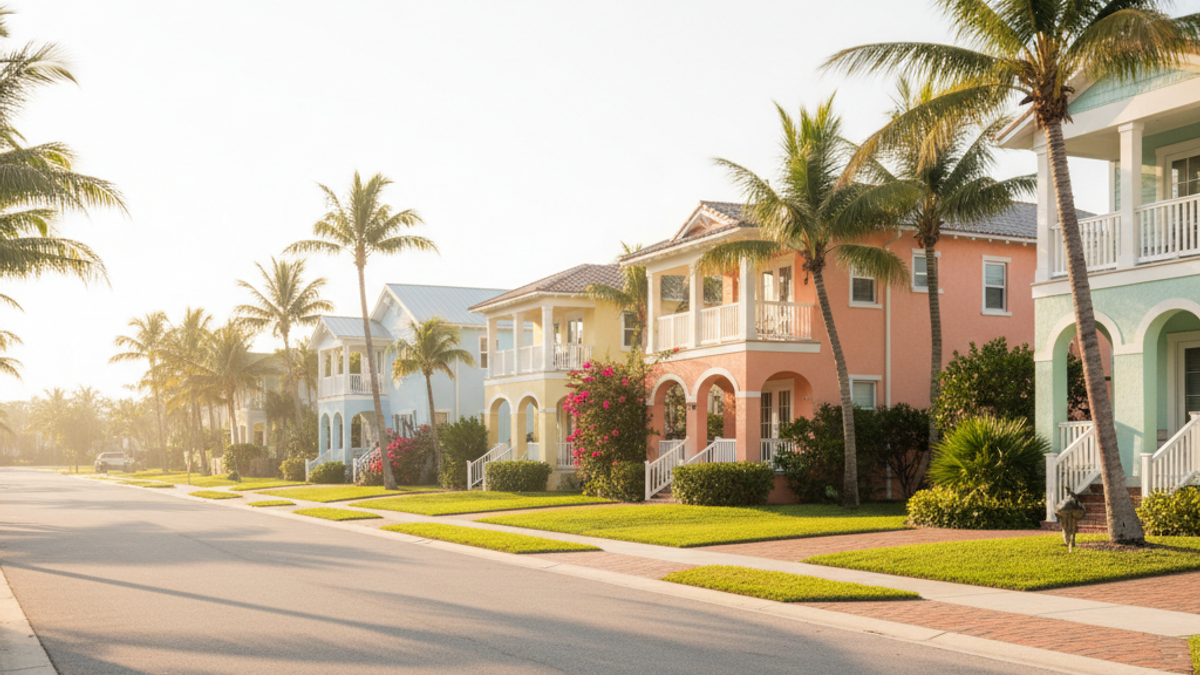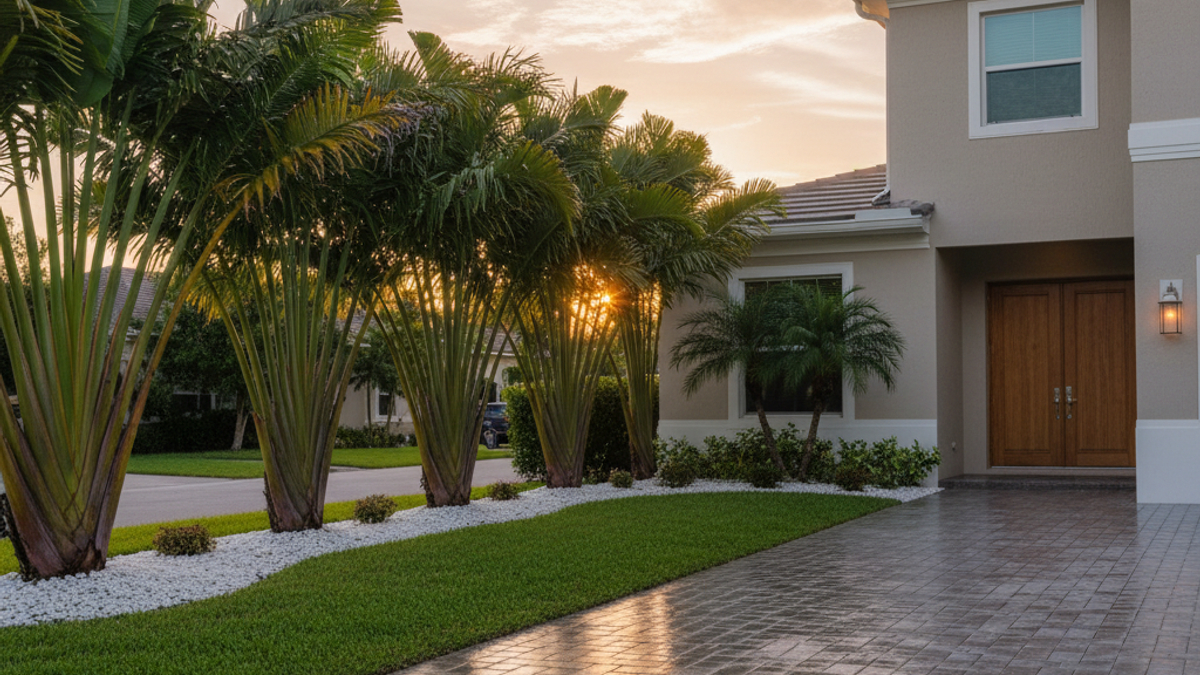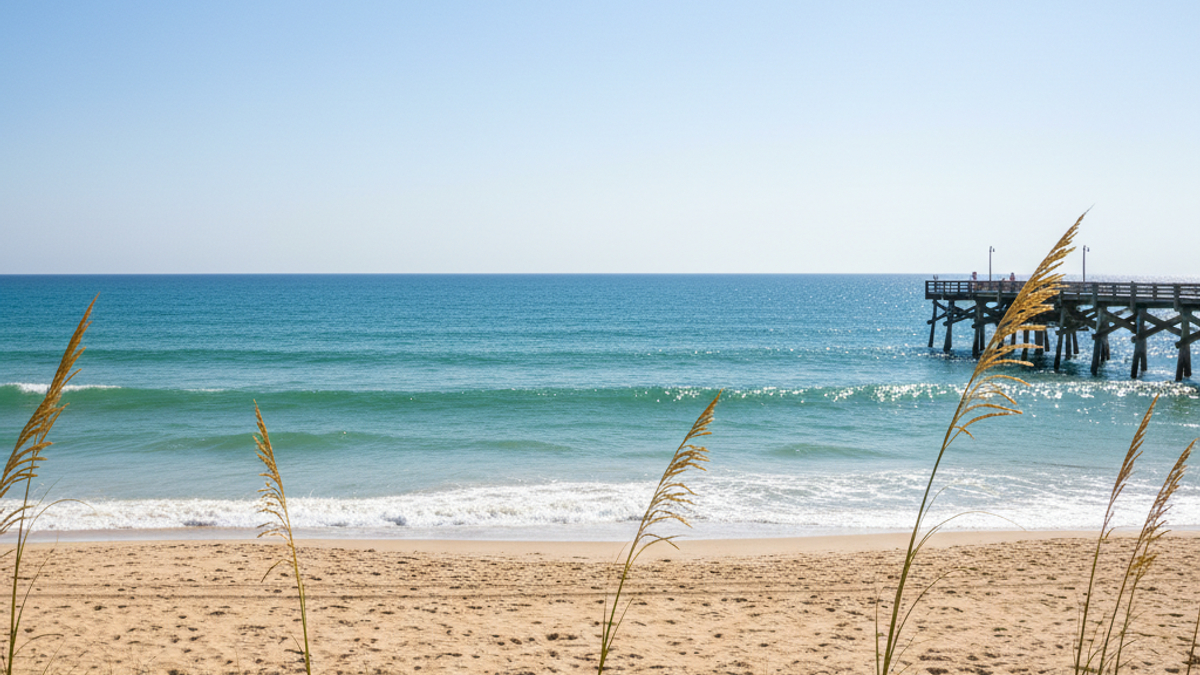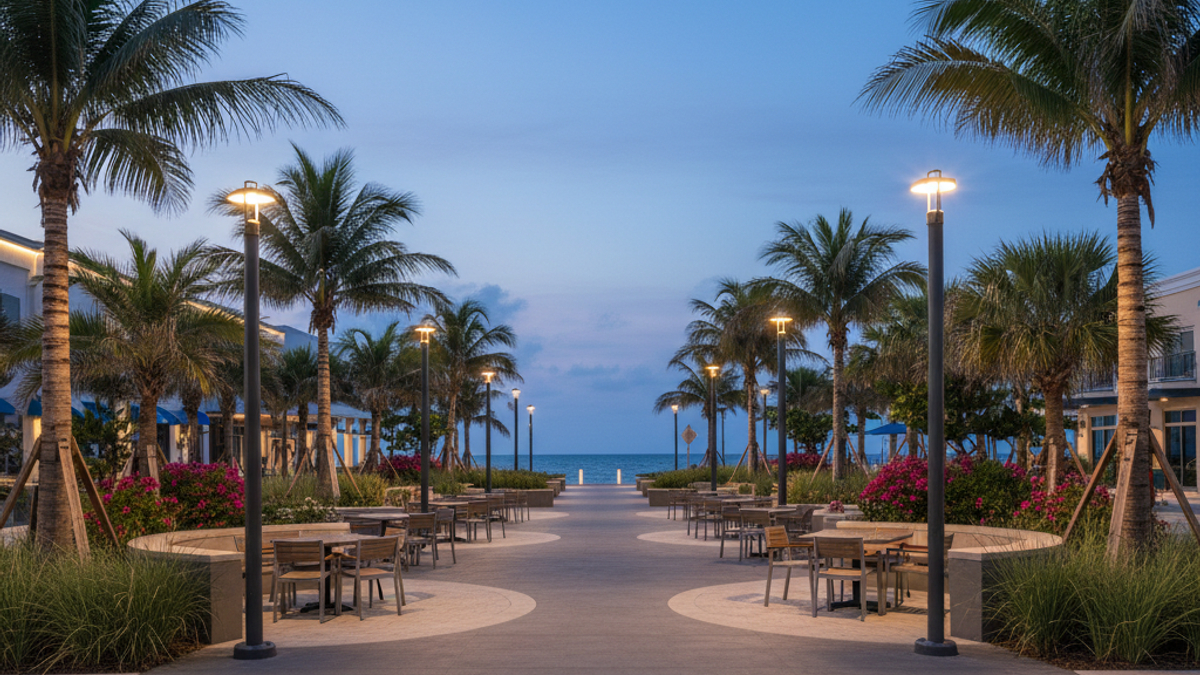The Quick Cheat Sheet
• A five-year hold is the classic rule of thumb.
• Pompano Beach prices have climbed roughly 7–9 percent per year since 2020, so some owners exit sooner.
• Transaction costs—think agent fees, doc stamps, and moving trucks—eat roughly 8–10 percent of sale price, so waiting even an extra year can soften that hit.
• Federal capital-gains rules reward a two-year minimum if the property is your primary residence.
• Market cycles plus your own life events ultimately call the shots, not a rigid calendar.
Stick around for the deep dive.
Why “Five Years” Became Everyone’s Favorite Answer
Real estate textbooks love that five-year mark, and there’s logic behind it:
- Mortgage amortization: In the first couple of years your payment goes mostly toward interest. By year three or four you’re finally shaving real chunks off the principal.
- Appreciation compounding: If values grow even 4 percent annually, the fifth-year value is roughly 22 percent higher than day one. Stack that on your trimmed principal and you’ve got breathing room after closing costs.
- Lifestyle stability: Most homeowners need at least a few years before new jobs, babies, businesses, or wanderlust shuffle the deck again.
In short, five years gives both your wallet and your personal life a chance to settle.
When the Local Numbers Flip the Script
National averages are cute on paper, but the Pompano Beach shoreline dances to its own beat. Let’s drag some local figures into the conversation:
- Median single-family price: About $560k in early 2024, up from $445k in early 2021.
- Condo median: Roughly $310k, riding a similar slope.
- Average homeowner tenure in Pompano Beach: 6.1 years, according to PropertyShark deed filings.
- Average days on market: 38, down from 51 a year earlier. Translation: sellers still have the upper hand.
Those stats whisper one thing—equity can pile up fast here. Owners who bought in 2021 already gained roughly $100k in value on a median house. Even condo owners have seen six-figure jumps in some waterfront towers. That’s why the three-year itch is very real around town.
Equity: The Silent Wealth Builder You Rarely See
Equity grows two ways:
- Principal pay-down with each mortgage payment.
- Price appreciation as buyers bid up neighborhood values.
Homeowners in Pompano Beach who put 10 percent down on a median house in 2020 have, on average, doubled their original equity stack without lifting a paintbrush. That’s wild. Yet many owners don’t track the numbers monthly. They just sense that neighbors are listing for way more and start browsing Zillow at midnight.
Tip: Pull a new mortgage payoff statement once a quarter. Match it with recent comparable sales. You’ll know exactly where you stand instead of guessing.
Costs That Shrink When You Wait
Selling isn’t free. Quick breakdown:
- Real-estate professional fees: Roughly 5–6 percent.
- Title insurance and doc stamps: About 1 percent in Broward County.
- Moving, staging, touch-ups: Anywhere from a few hundred to five grand.
- Capital-gains taxes: Zero up to $250k profit ($500k for married filers) if you owned and lived in the home two out of the last five years.
Delay the sale by an extra year and—thanks to appreciation and principal pay-down—those fixed costs suddenly feel lighter. That’s why some owners hold past year four, even in a hot market.
Trends on the Sand – Pompano Beach Market Snapshots
Seasonality still matters by the sea.
- Winter: December to March brings vacationers who decide, mid-sunset, they want permanent sunshine. Listings see heavier foot traffic.
- Spring: Out-of-state buyers rush to lock deals before hurricane chatter starts.
- Summer: Sales volume dips while locals travel and visitors focus on the beach rather than property tours.
- Fall: Serious buyers only. Fewer looky-loos make showings easier, but prices can flatten before rebounding in early winter.
If you’re aiming to sell after owning five years, circling late winter or early spring often lands the most eyeballs.
What Pushes Owners to Sell Sooner
Numbers aren’t everything. Life barges in.
- Job relocation—remote work perks fade when a new office wants you present.
- Household changes—marriage, new baby, or an empty extra room that’s gathering dust.
- Interest-rate shifts—locking in a lower rate on your next loan while rates dip can trump waiting for absolute top dollar.
- Neighborhood transformations—new development, construction noise, zoning changes.
- Investment strategy—some investors treat Pompano Beach as a three-year flip instead of a decade-long nest.
If these factors scream louder than a spreadsheet’s five-year plan, you listen.
Can You Afford to Wait—or Not
Run the math on two brutal scenarios:
Scenario A: Sell at Year Three
• Profit after costs: $78k
• New purchase rate: 6.5 percent
• Monthly payment on the next place: Ouch
Scenario B: Sell at Year Five
• Profit after costs: $117k
• New purchase rate: Maybe 5.8 percent if forecasts hold
• Additional capital-gains cushion: Another $39k tax-free
Sometimes the extra two-year hold wins. Other times rising rates wipe out the added gain. That’s why you grab a spreadsheet and plug real numbers, not guesswork.
Upgrades That Pay You Back
Want to sell quicker without feeling rushed? Pour love into updates that matter most in our market:
- Impact windows—buyers crave hurricane peace of mind and lower insurance bills.
- Outdoor living space—shade pergola, pavers, a grilling nook.
- Fresh interior paint in neutral coastal tones.
- Modern kitchen pulls, light fixtures, and a deep-cleaned garage.
Skip the full-gut kitchen unless cabinets are falling off. Cosmetic wins deliver outsized returns versus large-scale remodels if you’re eyeing a near-term exit.
Timing Tricks the Pros Swear By
- Hit “Coming Soon” status one week before photos. Builds buzz without wasting days on market.
- Launch on a Thursday morning. Weekend browsers bookmark fresh listings.
- Review offers Monday evening, not Sunday afternoon. It gives out-of-area buyers time to tour.
- Counter once. Tight turnarounds keep your leverage. Dragging negotiations past 72 hours can spook even strong offers.
- Close mid-week. Movers offer discounts, and you dodge the Friday funding logjam.
Each move shaves stress and often stacks an extra few thousand on the final price.
Three Real-World Stories From the Neighborhood
Story 1: The Three-Year Exit
Janelle snagged a two-bed condo in 2021 for $280k, upgraded lighting, then listed in early 2024. After fees she pocketed just under $70k. The key: she marketed turnkey convenience to remote workers hunting winter sun.
Story 2: The Seven-Year Play
Carlos and Maya bought a 1960s ranch for $395k, finished the garage, and waited. By 2023, similar homes commanded $620k. They netted nearly $200k after costs. They could’ve sold earlier but stuck to their seven-year plan, riding low mortgage rates the whole time.
Story 3: The Lease-Then-List
Renee accepted a job overseas one year after buying. She leased the property for two more years, letting tenants cover the mortgage. In year four she sold for enough to clear the loan and fund her next adventure. Sometimes renting buys the ownership time you need to cross the capital-gains finish line.
Looking Ahead: What 2025 Might Bring
Most analysts project South Florida price growth cooling to 3–5 percent annually. Inventory, while still tight, is edging up as new construction finishes. Mortgage rates? Mixed predictions, but many see a mild dip from current highs.
Translation: Appreciation may slow, yet demand remains healthy. If you’ve owned at least two years, run the math soon. If you’re closing in on five, start calling stagers and photographers. Waiting until both inventory and rates rise in tandem could trim your take-home check.
Ready to Map Out Your Exit
Ask yourself three blunt questions:
- Have I owned long enough to skip capital-gains tax on six-figure profit?
- Will my next purchase rate wipe out that gain?
- Do I feel done with this address emotionally?
Answer yes to at least two, and it’s time to tee up a listing strategy.
You don’t have to guess alone. A quick equity check, a comparative market analysis, and a thirty-minute strategy chat can clarify whether holding or selling makes more sense. Slide into my inbox, bring your payoff statement, and let’s chart the timeline that fits you—not some textbook average.
Remember, the real answer to “how long should you own a home before selling Pompano Beach” is the moment the benefits of staying put lose the tug-of-war against the upside of moving on. When that balance shifts, you’ll know—and you’ll be ready.













